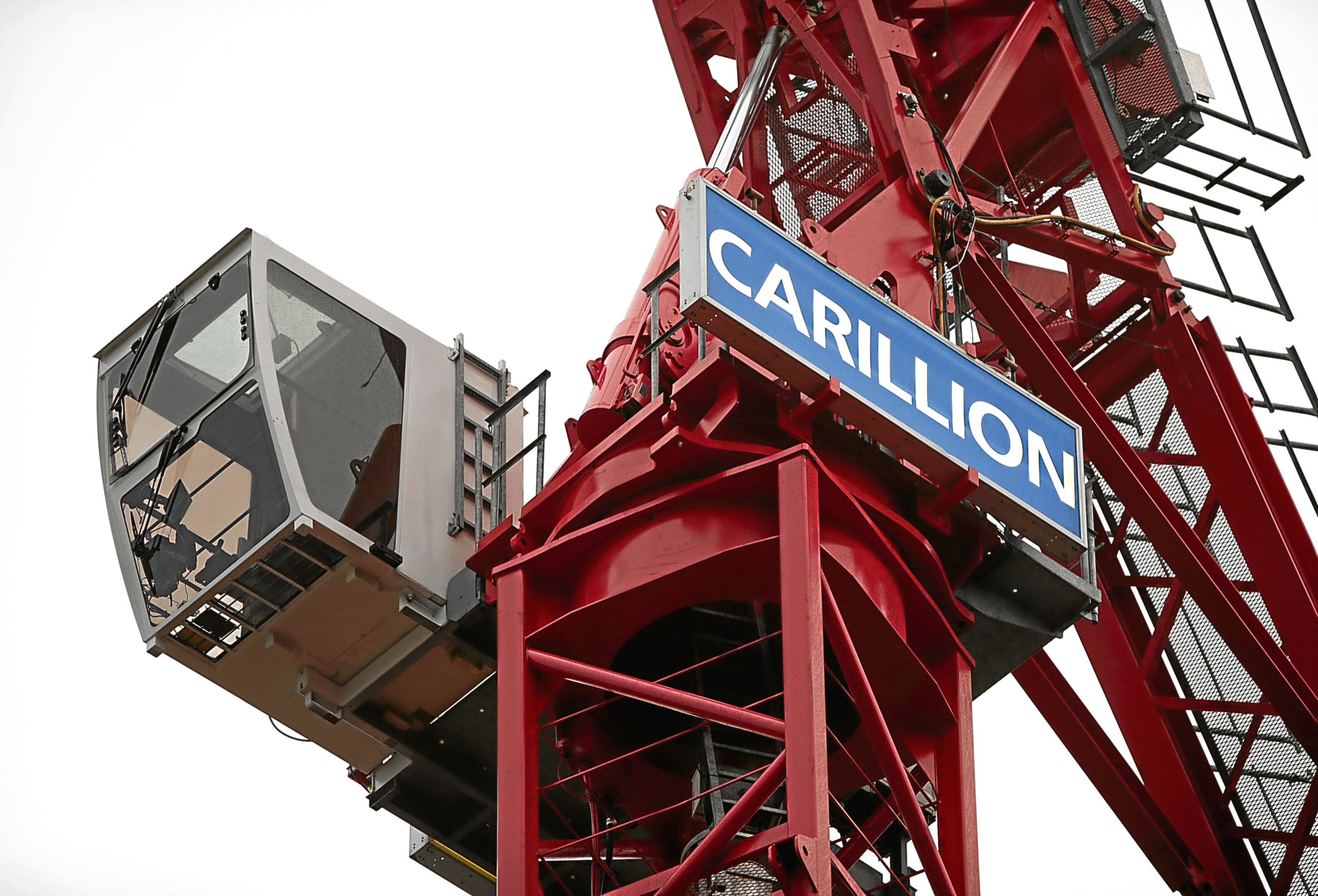
CHANCES are you barely knew who they were before last week.
Former Carillion chief executive Richard Howson, ex-finance director Zafar Khan, interim chief executive Keith Cochrane, chairman Philip Green and current finance boss Richard Adam.
All hitherto unfamiliar figures. All must now rightly hang their heads in shame in the all-time fat cats rogues’ gallery.
The damage the construction giant’s sudden downfall will wreak on the economy, and people’s lives, is incalculable.
Howson, who quit the firm last summer, and his cronies were still being paid whacking sums of money when the end was nigh.
The numbers involved in Carillion’s collapse are eye-watering.
In going bust – putting 19,000 UK jobs on the line, another 40,000 worldwide – Carillion is reckoned to have been carrying around £2.2 billion in financial liabilities, including £1.3bn of debt, £350m in early payment facilities, a tax bill due of £16m and a whopping pension deficit of nearly £600m.
Liabilities and debt that many industry analysts reckon could yet rise by another £500m, making this liquidation one of the world’s biggest corporate insolvencies.
Yet despite not one, not two but three profit warnings, despite it being pretty clear to a group of chimps with an abacus, let alone ministers, that Carillion was in serious financial trouble, teetering on the edge of the abyss, PM Theresa May and her Government ignored all the danger signs.
They continued to feed the business billion-pound contracts, everything from the building of new hospitals and prison catering to the HS2, no doubt hoping the mess would sort itself out and go away.
Westminster’s ineptitude was as staggering as it was inexcusable.
Talk about sticking your heads in the sand? This lot can do it while running backwards down Downing Street!
So what losses are we, as taxpayers, indirectly expected be on the hook for?
Not a damn penny, I say.
But what I really want to know is to what extent our banks were up to their necks in Carillion do-do.
Especially those money-grabbing pariahs at state-owned RBS.
Bank boss Ross McEwan has already displayed complete intransigence over controversial closures.
Branches are being shut to save RBS around £9m, yet it continues to shell out millions to sponsor next month’s Six Nations, via subsidiary company NatWest.
Let those at RBS, starting with Mr McEwan, pay for their Carillion losses out of their own well-lined, bonus-bursting pockets.
In my book, that would be justice for all the hurt and harm RBS has caused over the years.

Enjoy the convenience of having The Sunday Post delivered as a digital ePaper straight to your smartphone, tablet or computer.
Subscribe for only £5.49 a month and enjoy all the benefits of the printed paper as a digital replica.
Subscribe